Home>Garden Essentials>How To Get Seeds From Basil
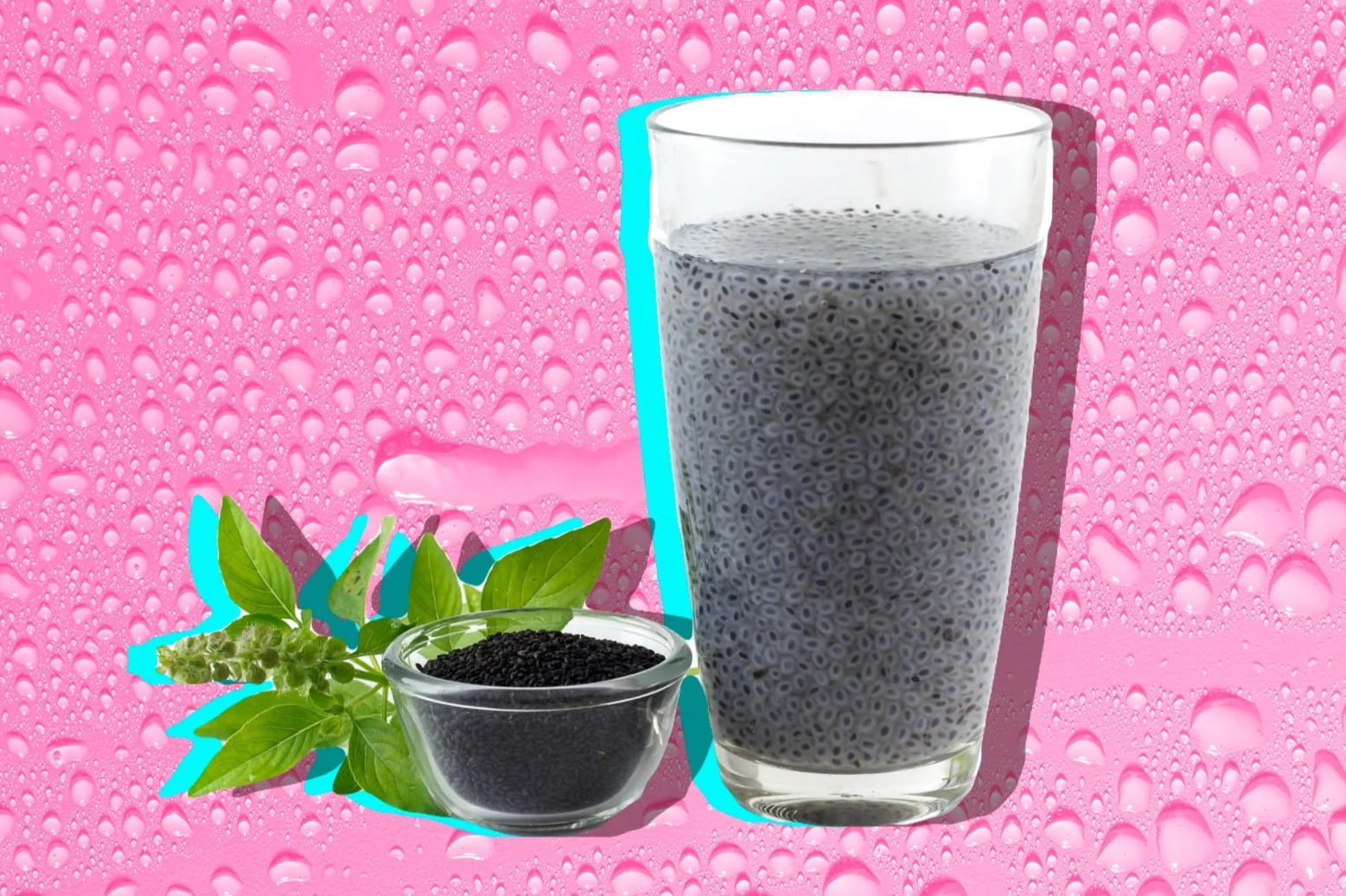

Garden Essentials
How To Get Seeds From Basil
Modified: March 15, 2024
Learn how to get seeds from basil in your garden and enjoy a fresh and abundant supply of this flavorful herb. Follow our simple steps and start growing your own basil seeds today!
(Many of the links in this article redirect to a specific reviewed product. Your purchase of these products through affiliate links helps to generate commission for Storables.com, at no extra cost. Learn more)
Introduction
Welcome to the wonderful world of gardening! If you’re a gardening enthusiast or a kitchen aficionado, you’ve probably come across the aromatic and flavorful herb known as basil. Fresh basil leaves are a staple in various cuisines and can add a burst of flavor to your favorite dishes.
Did you know that basil also produces seeds that can be harvested? Harvesting basil seeds not only allows you to save money on buying new seeds but also gives you the opportunity to grow your own basil plants from scratch. In this article, we’ll guide you through the process of getting seeds from basil, so you can enjoy a continuous supply of this delightful herb.
Understanding the lifecycle of basil and the process of seed production is essential before you embark on harvesting the seeds. Basil is an annual herb, which means it completes its full lifecycle, including seed production, within a year. The flowers of the basil plant, if left to mature, develop into seed-bearing capsules. Each capsule contains multiple small seeds that can be collected and stored for future use.
Harvesting basil seeds requires timing and patience. You must allow the basil flowers to fully bloom and then develop into seed capsules before they can be harvested. The process involves a delicate touch and a bit of know-how, but once you’ve mastered it, you’ll have a never-ending supply of basil seeds for your garden.
Ready to dive into the world of basil seed harvesting? Let’s get started with a step-by-step guide on how to harvest seeds from basil plants!
Key Takeaways:
- Harvesting basil seeds allows you to save money, be self-sufficient, and explore diverse basil varieties. It’s a rewarding and educational experience that fosters a deeper connection with nature and the community.
- By collecting basil seeds, you not only ensure a continuous supply of fresh basil but also contribute to the preservation of heritage varieties and promote sustainable gardening practices. It’s a journey of learning, sharing, and enjoying the bountiful rewards of nature.
Read more: How To Get Basil Seeds From Plant
Understanding Basil Seeds
Basil seeds, also known as basilicum or Ocimum basilicum seeds, are small and black in color. They are the reproductive units of the basil plant and are responsible for the plant’s propagation. These tiny seeds are packed with essential nutrients and have numerous health benefits.
Basil seeds are rich in omega-3 fatty acids, dietary fiber, protein, and essential minerals like iron, calcium, and magnesium. They also contain vitamins A, C, and K, and have antioxidant properties. Consuming basil seeds can help in improving digestion, supporting heart health, boosting immunity, and promoting healthy skin and hair.
When it comes to growing basil from seeds, it’s important to choose high-quality seeds. Look for organic or heirloom seeds to ensure the best results. You can purchase basil seeds from nurseries, seed catalogs, or online garden stores. Alternatively, you can save seeds from your own basil plants once they have gone through the full lifecycle and produced seed capsules.
It’s worth noting that not all basil varieties produce seeds in the same way. The most common type of basil used in cooking, known as sweet basil (Ocimum basilicum), is known for its abundant seed production. Other basil varieties, like Thai basil or purple basil, may produce seeds but in smaller quantities.
Basil flowers are beautiful and come in different colors depending on the variety. They attract bees and other pollinators, which play a crucial role in the process of fertilization. Once the flowers of basil plants have been pollinated, they begin to form seed capsules. These capsules, also known as seed pods, contain multiple seeds.
Basil seeds are ovate or round-shaped and have a hard outer coat. The tiny black seeds are often mistaken for dirt or debris due to their appearance. However, don’t let their size fool you, as they are packed with potential for growing new basil plants.
Now that we have a better understanding of basil seeds, let’s explore when and how to harvest them from your basil plant!
When and How to Harvest Basil Seeds
Timing is crucial when it comes to harvesting basil seeds. You need to wait until the basil flowers have fully bloomed and started to fade, indicating that the seeds inside the capsules are mature and ready for harvesting. This usually happens towards the end of the growing season.
Keep a close eye on your basil plants as they start to produce flowers. Once the flowers start to fade and turn brown, it’s a sign that the seed pods are forming. Gently touch the seed pods to ensure they are dry and brittle before proceeding with the harvest. If the pods are still green or pliable, they are not ready yet.
When harvesting basil seeds, you can follow a simple step-by-step process:
- Prepare a clean and dry container or a sheet of paper to collect the seeds. Make sure the container has a lid or cover to prevent any accidental spills.
- Inspect each basil plant individually and identify the seed pods that are ready for harvest. Carefully pluck these seed pods from the plant, ensuring you don’t damage the plant or the surrounding foliage.
- Place the plucked seed pods in the container, gently crushing them between your fingers to release the seeds. Be careful not to crush them too hard, as you want to retain the integrity of the seeds.
- Continue this process until you have harvested all the mature seed pods from your basil plants.
- Once you have collected all the seeds, remove any debris or unwanted parts from the container. You can use a sieve or fine mesh to separate the seeds from any plant material.
- Transfer the cleaned seeds to a storage container, preferably a small airtight jar or a sealed plastic bag. Label the container with the date and variety of basil to keep track of your seed collection.
Remember to handle the seed pods and seeds with care to avoid any damage. Proper handling and storage ensure that the seeds remain viable and germinate successfully when you are ready to plant them.
Now that you have harvested your basil seeds, the next step is to store them properly for future use. Let’s delve into the details of storing and saving basil seeds!
Step-by-Step Guide to Getting Seeds from Basil
Harvesting seeds from basil plants allows you to preserve and propagate your favorite basil varieties. With this step-by-step guide, you’ll be able to collect basil seeds like a pro:
- Wait for the basil flowers to fully bloom and start to fade. This indicates that the seed pods are forming, and the seeds inside are maturing.
- Gently touch the seed pods to ensure they are dry and brittle. If they are still green or pliable, give them more time to mature.
- Prepare a clean and dry container or a sheet of paper to collect the seeds. Ensure the container has a lid or cover to prevent accidental spills.
- Inspect each basil plant and identify the seed pods that are ready for harvest. Carefully pluck the seed pods from the plant, being careful not to damage the plant or surrounding foliage.
- Place the plucked seed pods in the container and gently crush them between your fingers to release the seeds. Take care not to crush them too hard, as you want to preserve the integrity of the seeds.
- Continue this process until you have harvested all the mature seed pods from your basil plants.
- Remove any debris or unwanted parts from the container. You can use a sieve or fine mesh to separate the seeds from any plant material.
- Transfer the cleaned seeds to a storage container, such as a small airtight jar or a sealed plastic bag. Don’t forget to label the container with the date and variety of basil for easy reference.
Now that you have successfully collected basil seeds, you can keep them in a cool, dry, and dark place until you’re ready to plant them. Proper storage is essential to maintain the viability of the seeds.
Remember that the collected seeds won’t retain the characteristics of hybrid basil varieties. If you want to keep the exact characteristics of a specific hybrid basil plant, it’s recommended to propagate it through cuttings or seek out specific hybrid seeds from reliable sources.
By following this step-by-step guide, you can now confidently harvest seeds from your basil plants and ensure a continuous supply of fresh basil in your garden.
To get seeds from basil, allow the plant to flower and the flowers to dry out. Then, carefully collect the seeds from the dried flower heads and store them in a cool, dry place for future planting.
Storing and Saving Basil Seeds
Properly storing and saving basil seeds is essential to ensure their longevity and viability for future planting. By following these guidelines, you can maximize the shelf life of your basil seeds:
1. Cleaning and Drying: Before storing the seeds, make sure they are completely dry. Any moisture left on the seeds could lead to mold or rot. Clean the seeds by removing any debris or unwanted plant materials. You can use a fine mesh sieve or simply blow gently to separate the seeds from the chaff.
2. Storage Containers: Transfer the cleaned basil seeds to airtight containers. Small glass jars, plastic bags, or seed envelopes work well for storing seeds. Make sure the containers are labeled with the variety and date of collection to keep track of your seed inventory.
3. Cool, Dry, and Dark: Choose a storage location that is cool, dry, and dark. Excessive heat or humidity can reduce the viability of the seeds. A pantry, basement, or refrigerator are suitable options. If using the refrigerator, place the seeds in a sealed bag or container to protect them from moisture.
4. Avoid Temperature Fluctuations: Changes in temperature can negatively impact the seeds. It’s important to store them in a location where the temperature remains relatively constant. Avoid storing seeds in areas prone to temperature fluctuations, such as near heating vents or windows.
5. Seed Longevity: Basil seeds can remain viable for several years if stored properly. However, the germination rate may decrease over time. It’s a good practice to use or replant saved seeds within 1-3 years for optimal germination success. Performing a simple germination test before planting can help determine the viability of older seeds.
6. Saving Seeds: If you’re interested in saving seeds from specific basil plants to maintain their characteristics, it’s important to practice isolation. Basil is an insect-pollinated plant, so if you have multiple basil varieties growing in close proximity, there is a chance of cross-pollination. To prevent cross-pollination, consider using physical barriers, such as netting or hand pollination techniques.
7. Rotate Seed Stock: To ensure a continuous supply of fresh basil, it’s advisable to rotate your seed stock. This means using some of the saved seeds each year and replenishing your collection with newly harvested seeds. This practice helps maintain the vitality of the seeds and ensures a diverse gene pool for future plantings.
By implementing these storage and saving practices, you can keep your basil seeds in optimal condition and enjoy a successful harvest season after season.
Read more: How To Get Basil Seeds
Benefits of Collecting Basil Seeds
Collecting basil seeds from your garden offers several benefits beyond the satisfaction of growing your own plants. Here are some advantages of collecting basil seeds:
1. Cost Savings: By collecting basil seeds, you can save money in the long run. Instead of purchasing new seeds or plants every growing season, you can rely on your saved seeds to expand your basil collection or share them with fellow gardeners.
2. Self-Sufficiency: Growing your own basil plants from seeds allows you to become more self-sufficient. You have control over the quality and varieties of basil you grow, ensuring they meet your specific taste preferences or culinary needs.
3. Variety Selection: When collecting basil seeds, you have the opportunity to grow a wide range of basil varieties. The market may not always offer the specific varieties you’re looking for, but by saving seeds, you can explore unique and heirloom basil varieties that are not readily available in stores.
4. Adaptability to Your Location: By saving seeds from basil plants that have successfully grown in your garden, you’re selecting for traits that are well-suited to your specific growing conditions. Over time, you can develop a collection of basil seeds that are adapted to your local climate, resulting in healthier and more productive plants.
5. Sharing and Trading: Collecting and saving basil seeds allows for the possibility of sharing and trading with other gardeners. It fosters a sense of community and creates opportunities to discover new varieties of basil that you may not have access to otherwise. Exchanging seeds can expand your basil collection and introduce you to different flavors and aromas.
6. Preservation of Heritage Varieties: When you collect seeds from heirloom or heritage basil varieties, you contribute to the preservation of these unique and historical plant strains. By saving and growing these seeds, you help ensure the continued existence of these traditional basil varieties for future generations.
7. Learning and Enjoyment: Collecting basil seeds is an educational and rewarding experience. It allows you to observe the fascinating life cycle of plants, from flowering to seed production. It also provides an opportunity to deepen your gardening knowledge and develop a closer connection with the natural world around you.
8. Sustainability: Saving basil seeds aligns with sustainable gardening practices. It reduces the demand for commercially produced seeds and promotes a more self-sustainable approach to gardening. By utilizing your own saved seeds, you contribute to reducing carbon emissions associated with seed production and transportation.
By collecting basil seeds, you not only reap the practical benefits of cost savings and self-sufficiency but also foster a deeper appreciation for nature, community, and the rich diversity of basil varieties. So, the next time you see those beautiful basil flowers, don’t forget to save some seeds for a bountiful future!
Final Thoughts on Getting Seeds from Basil
Harvesting seeds from basil plants is a rewarding endeavor that allows you to enjoy an endless supply of this versatile herb. As you embark on your seed-saving journey, keep these final thoughts in mind:
1. Patience and Observation: Harvesting basil seeds requires patience and careful observation. Watch for the signs of mature seed pods and ensure they are dry and brittle before harvesting. Taking the time to properly assess the readiness of the seeds will yield better results.
2. Quality and Viability: Choose high-quality seeds for your basil collection. Look for organic or heirloom seeds to ensure better germination rates and the preservation of unique flavors and characteristics. Proper storage and rotation will help maintain the viability of your seeds for future plantings.
3. Experiment and Explore: Don’t limit yourself to just one variety of basil. Use seed-saving as an opportunity to experiment and explore different flavors and textures. Try growing a range of basil varieties to discover your favorites and diversify your culinary experiences.
4. Sharing the Bounty: Consider sharing your saved basil seeds with fellow gardeners and friends. Sharing seeds not only spreads the joy of gardening but also contributes to the preservation of heirloom varieties and encourages a sense of community among plant enthusiasts.
5. Continuous Learning: The process of collecting basil seeds is an ongoing learning experience. As you save seeds year after year, you will develop a deeper understanding of the basil plant’s life cycle, optimal growing conditions, and seed-saving techniques. Embrace the journey and don’t be afraid to adapt and improve your methods along the way.
6. Nurturing Future Generations: By saving and replanting basil seeds, you contribute to the preservation and continuation of this remarkable herb for future generations. Share your knowledge and passion for seed-saving with others, instilling a love for gardening and a sense of responsibility for sustainable practices.
7. Enjoy the Fruits of Your Labor: Finally, sit back, relax, and savor the delights of your homegrown basil. Whether you’re using it in culinary creations, brewing a refreshing basil-infused tea, or simply enjoying its vibrant beauty in your garden, take pride in knowing that it all began with the seeds you collected and nurtured.
Getting seeds from basil allows you to bring the cycle of growth full circle and become an active participant in the miraculous journey of nature. So, gather your supplies, keep your eyes on those captivating basil flowers, and embark on this exciting adventure of seed-saving. Happy harvesting!
Frequently Asked Questions about How To Get Seeds From Basil
Was this page helpful?
At Storables.com, we guarantee accurate and reliable information. Our content, validated by Expert Board Contributors, is crafted following stringent Editorial Policies. We're committed to providing you with well-researched, expert-backed insights for all your informational needs.
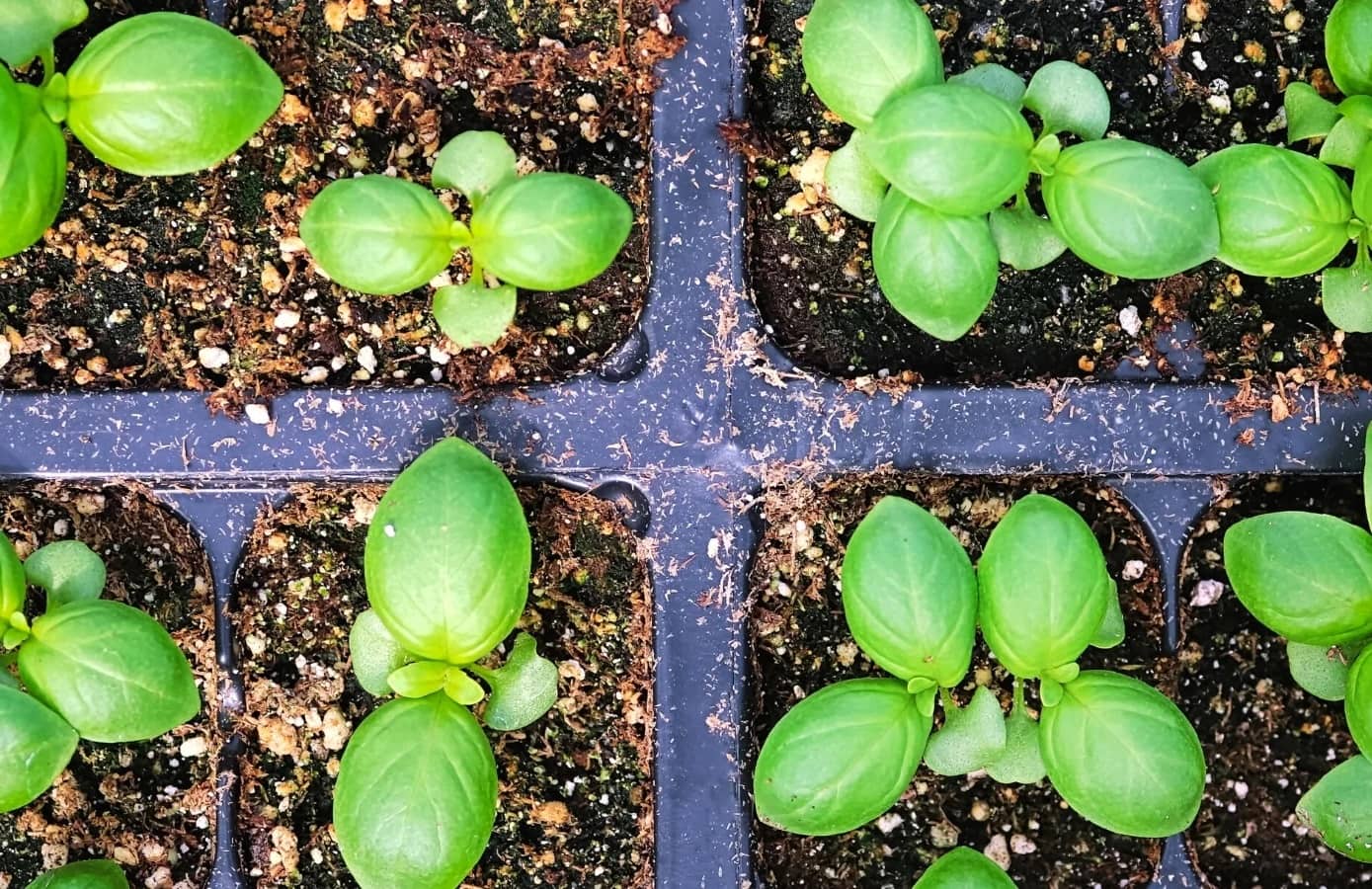
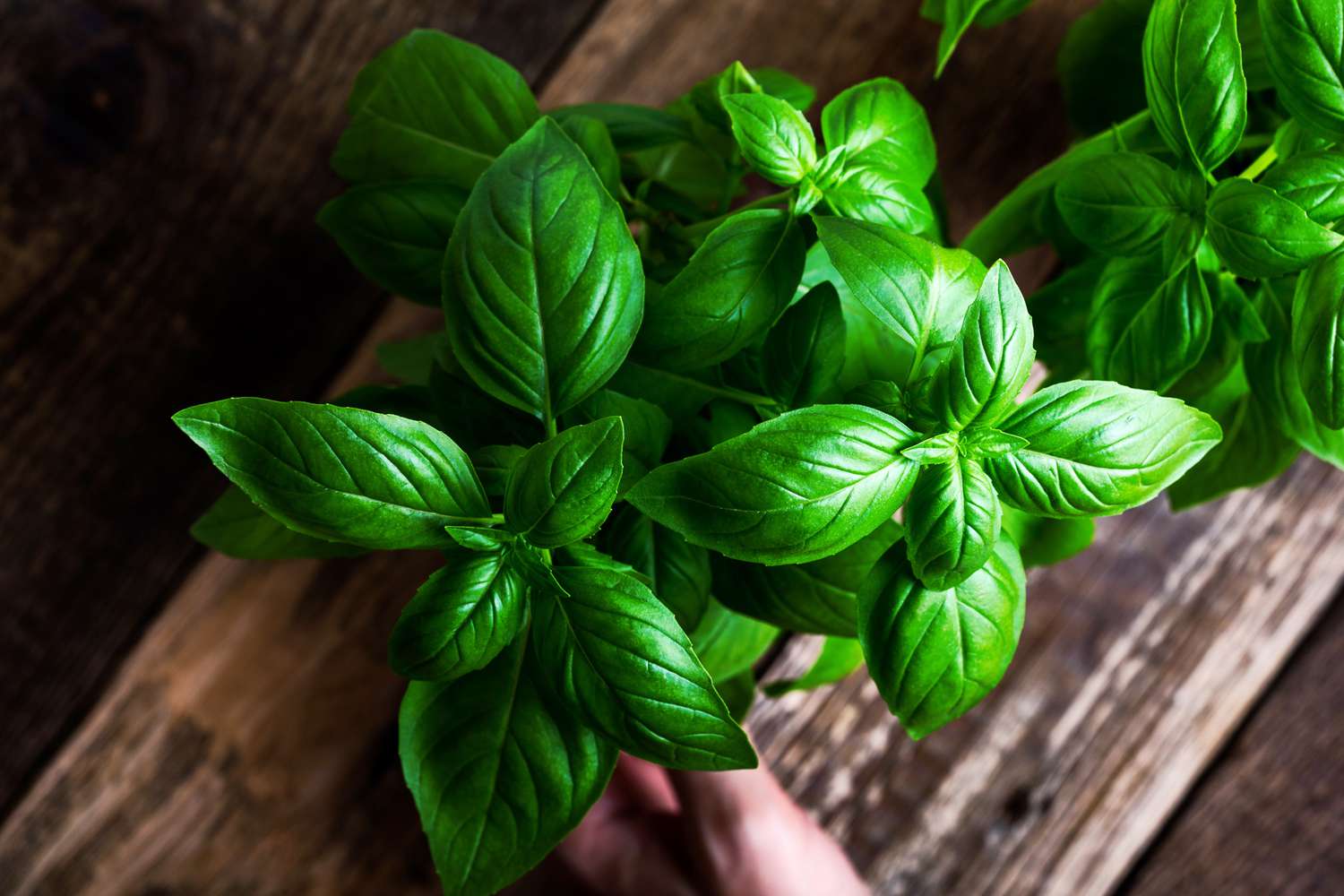
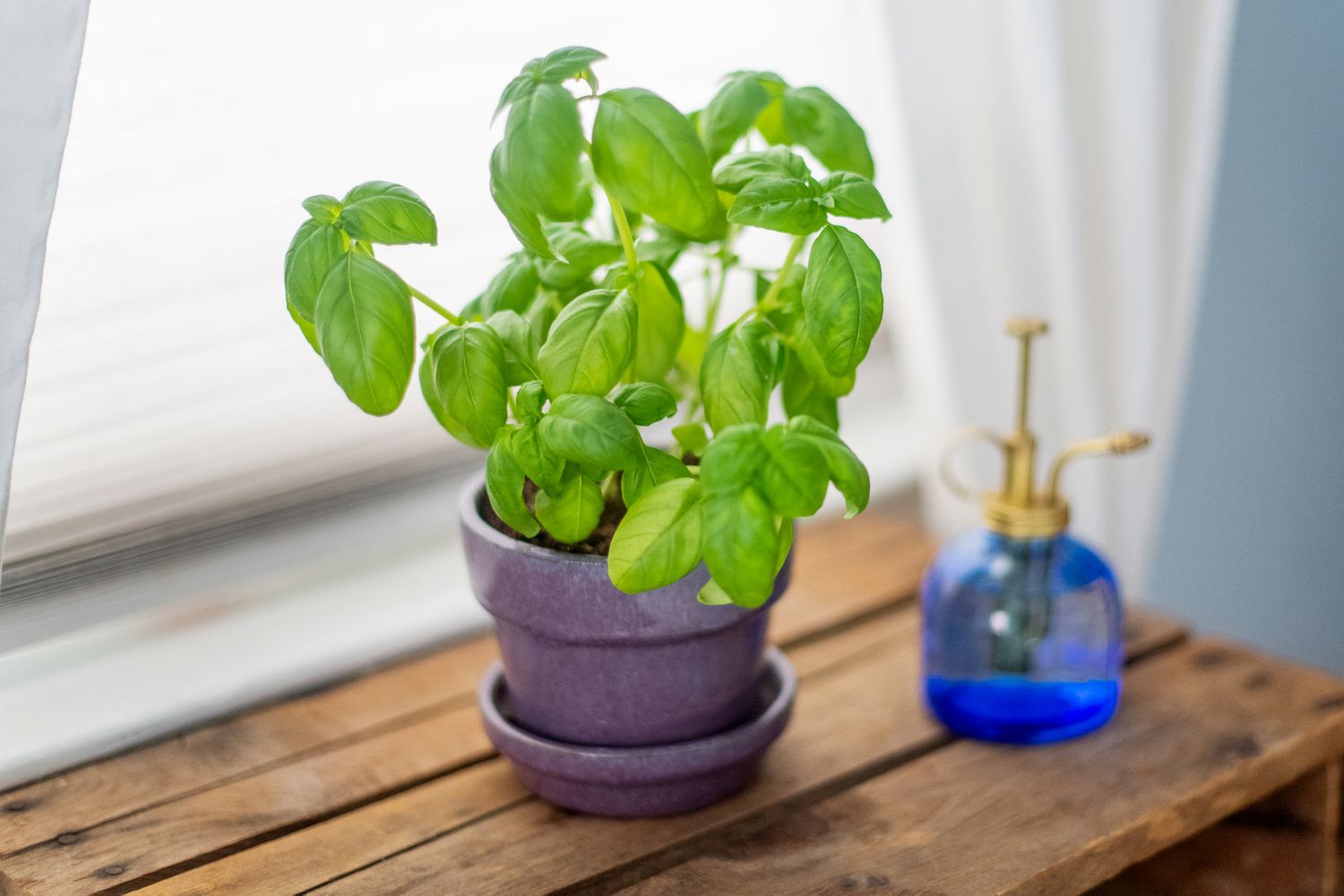
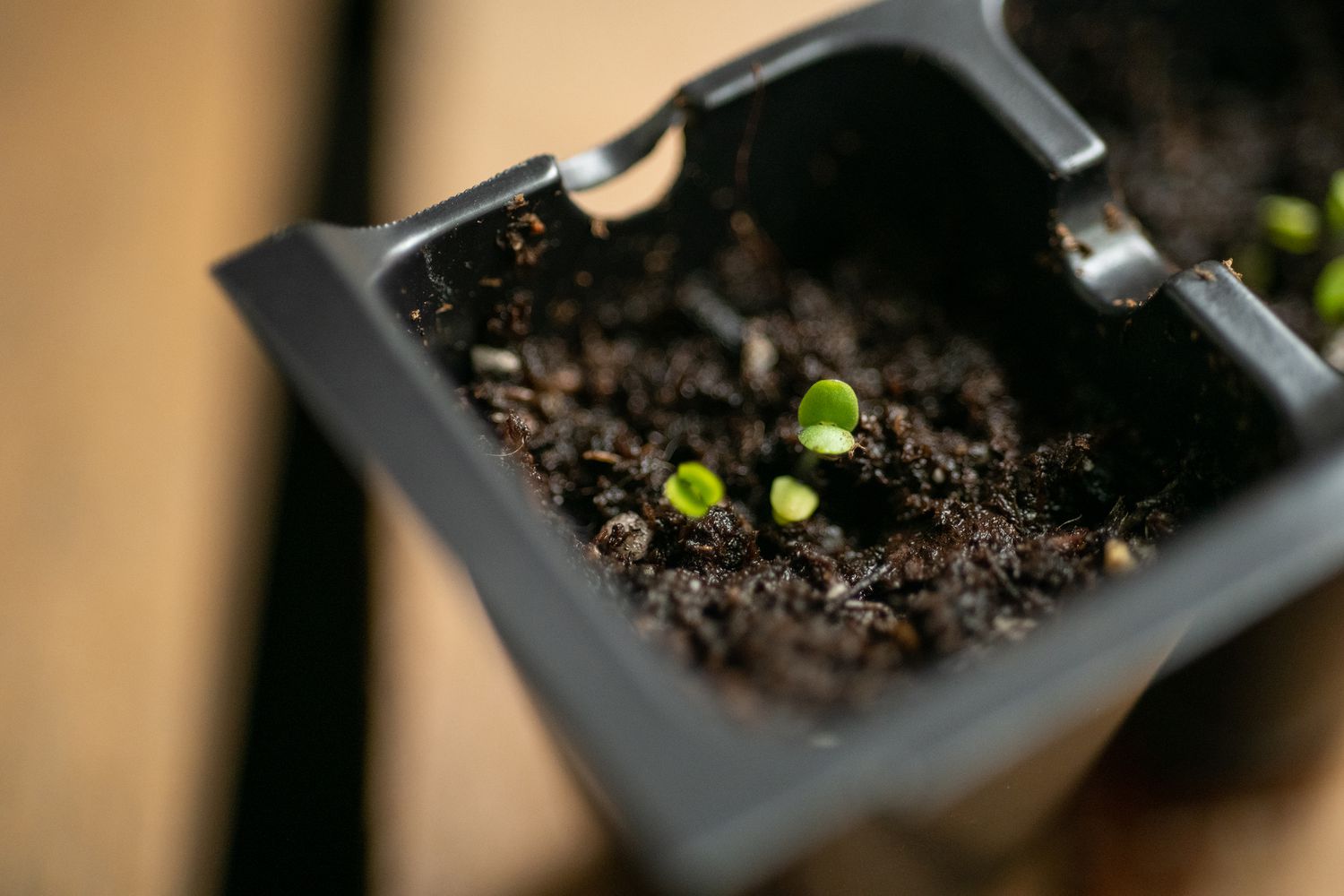
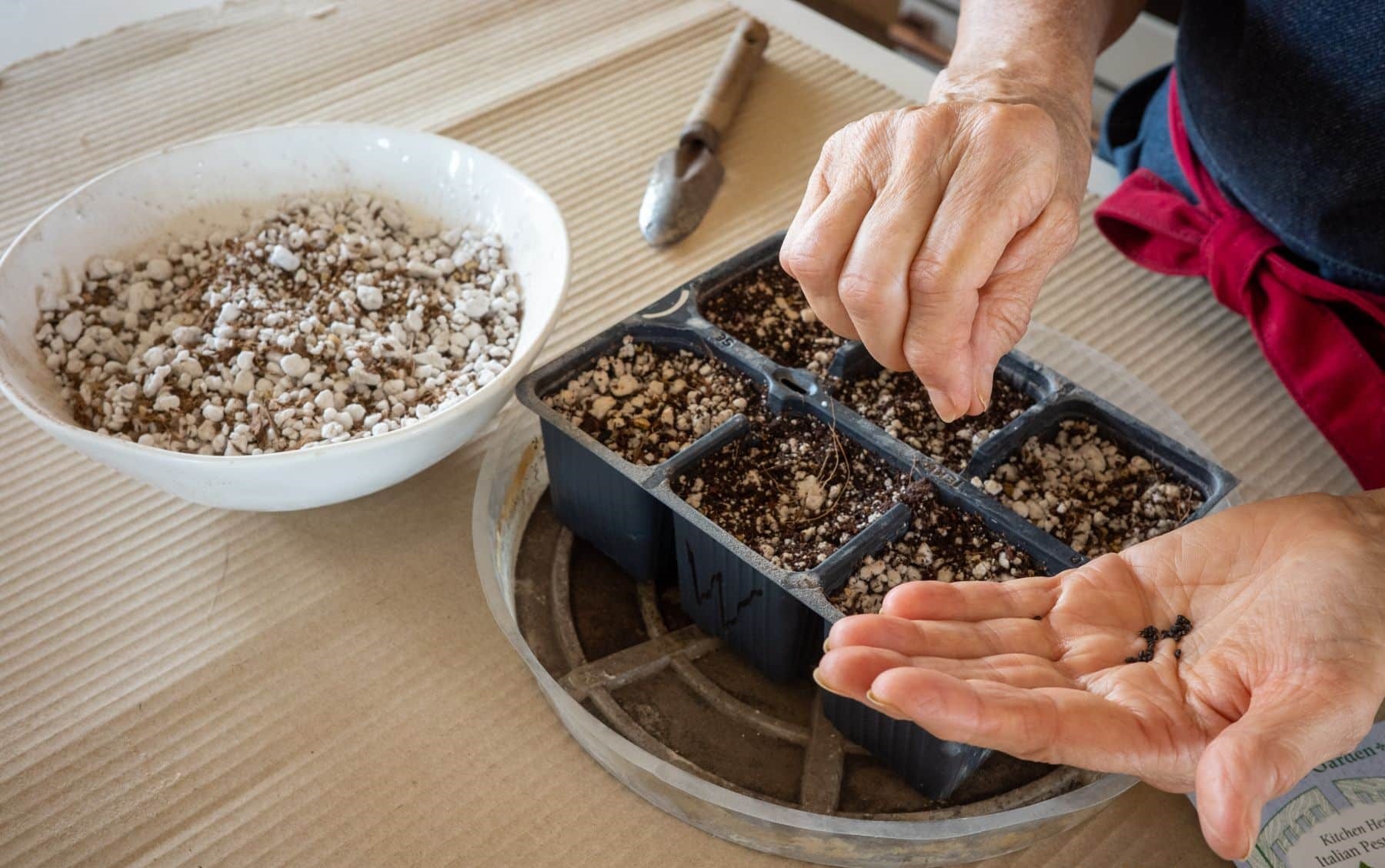
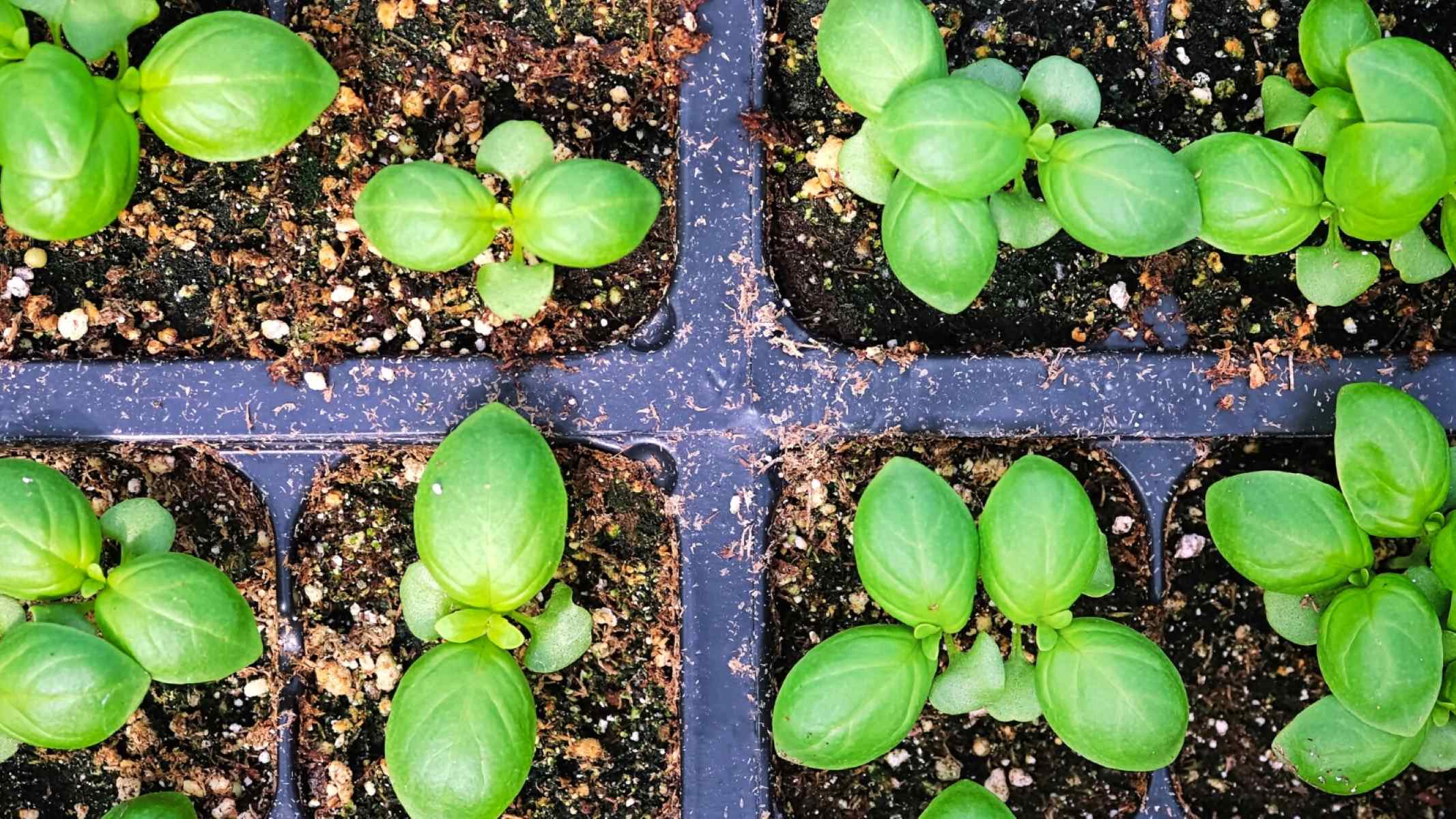
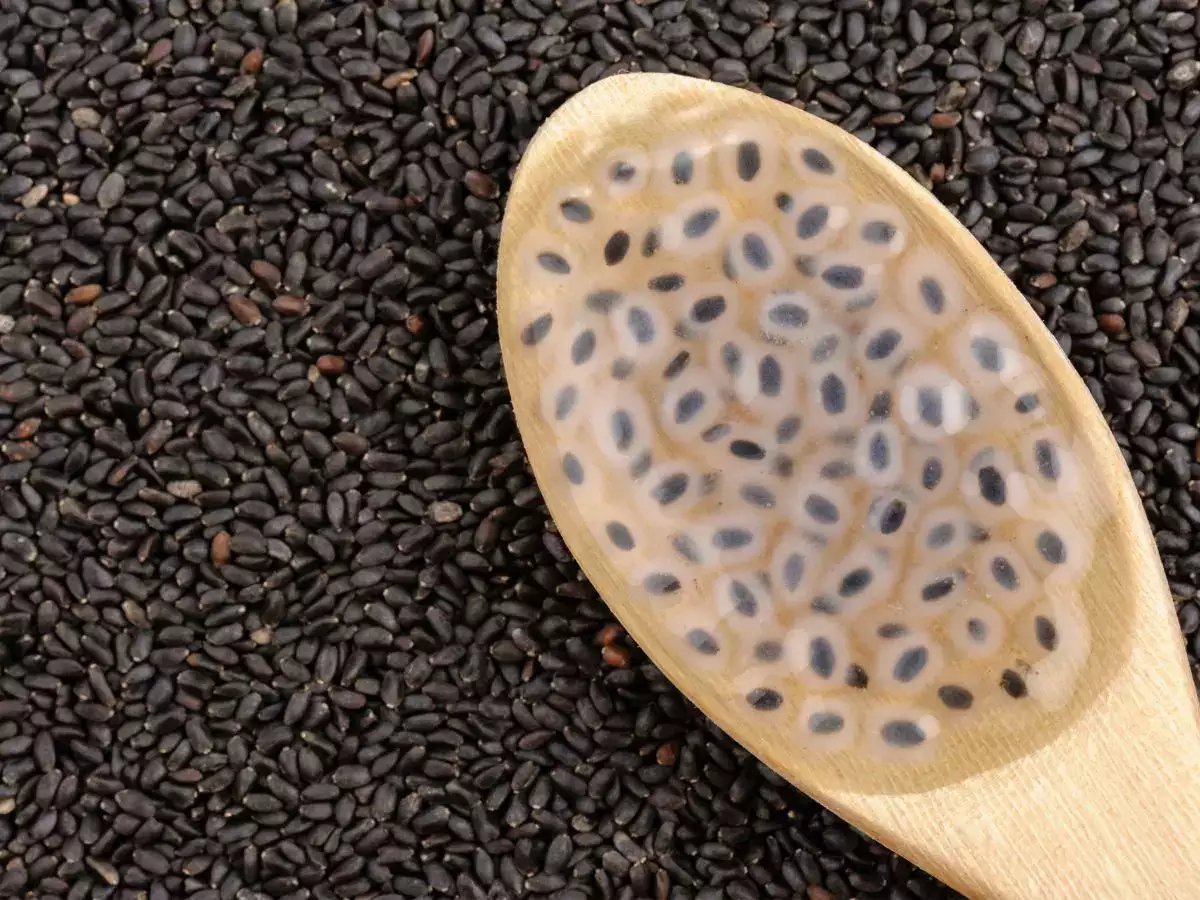
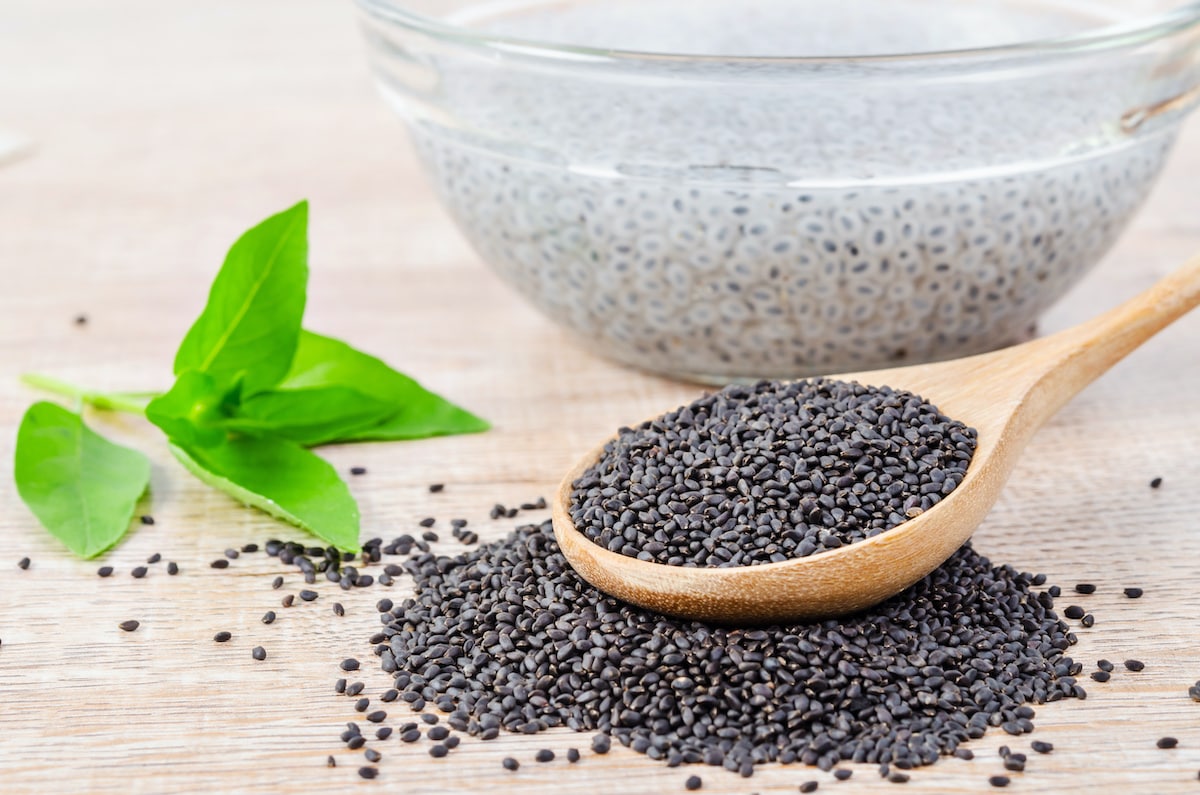
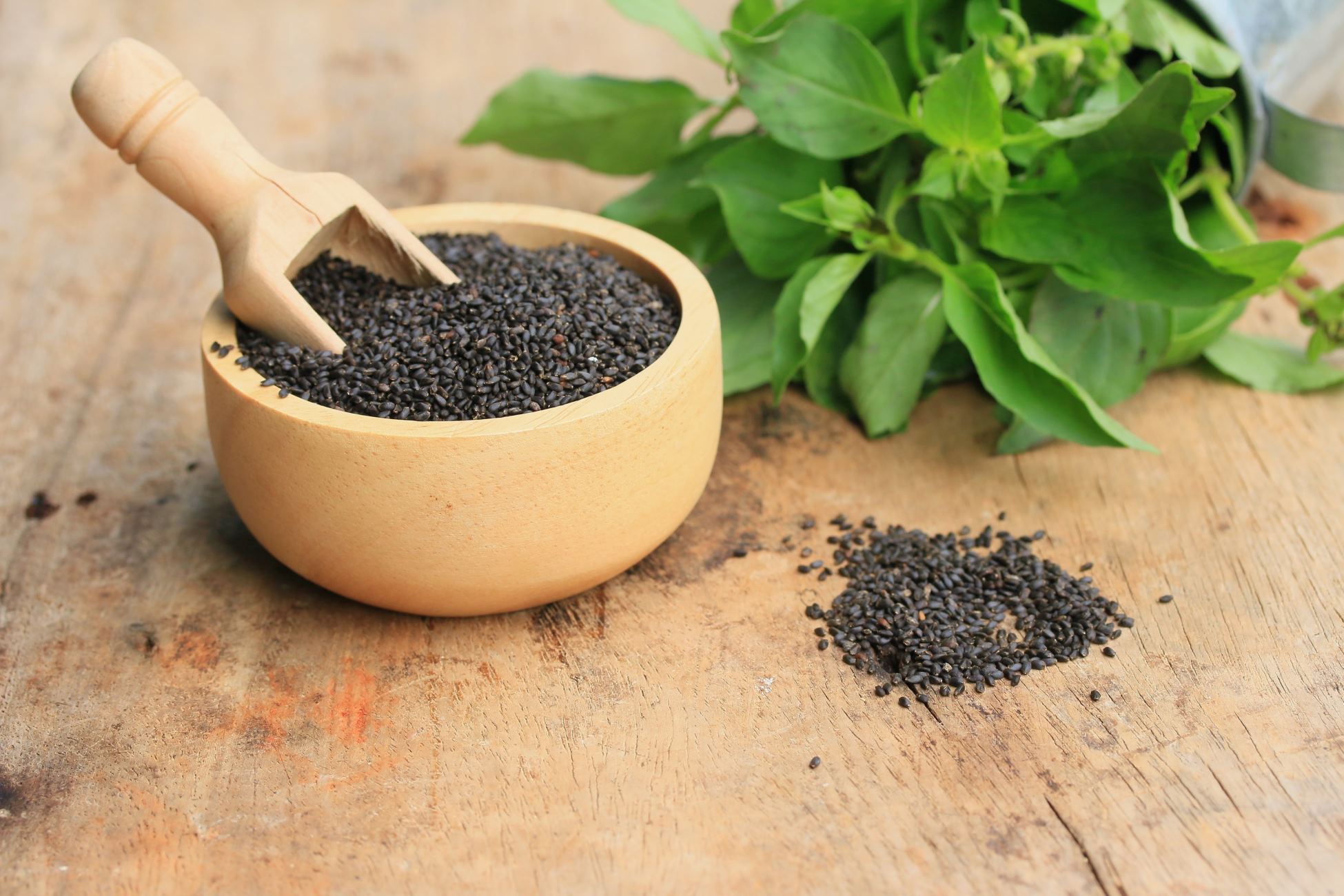
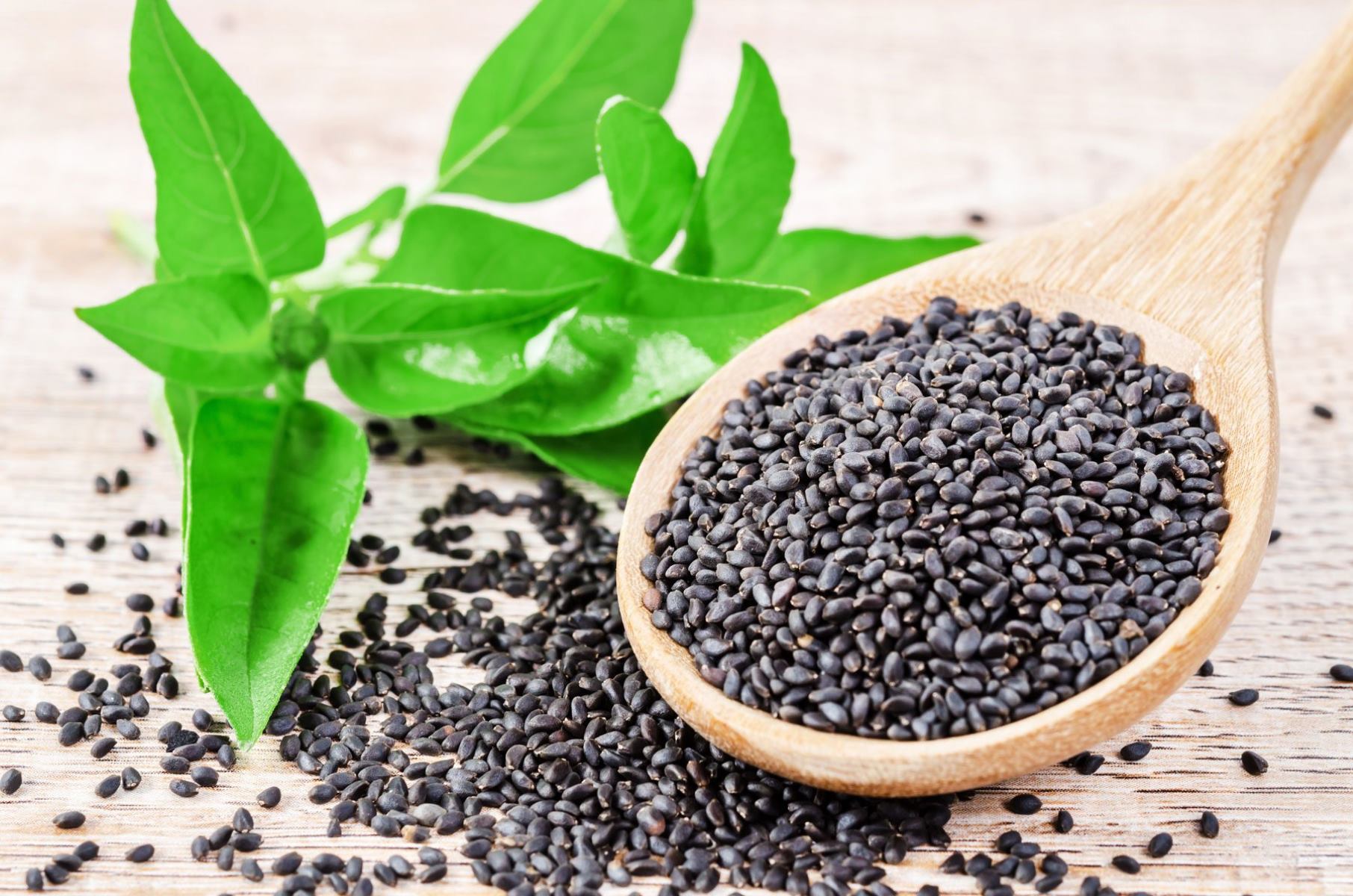
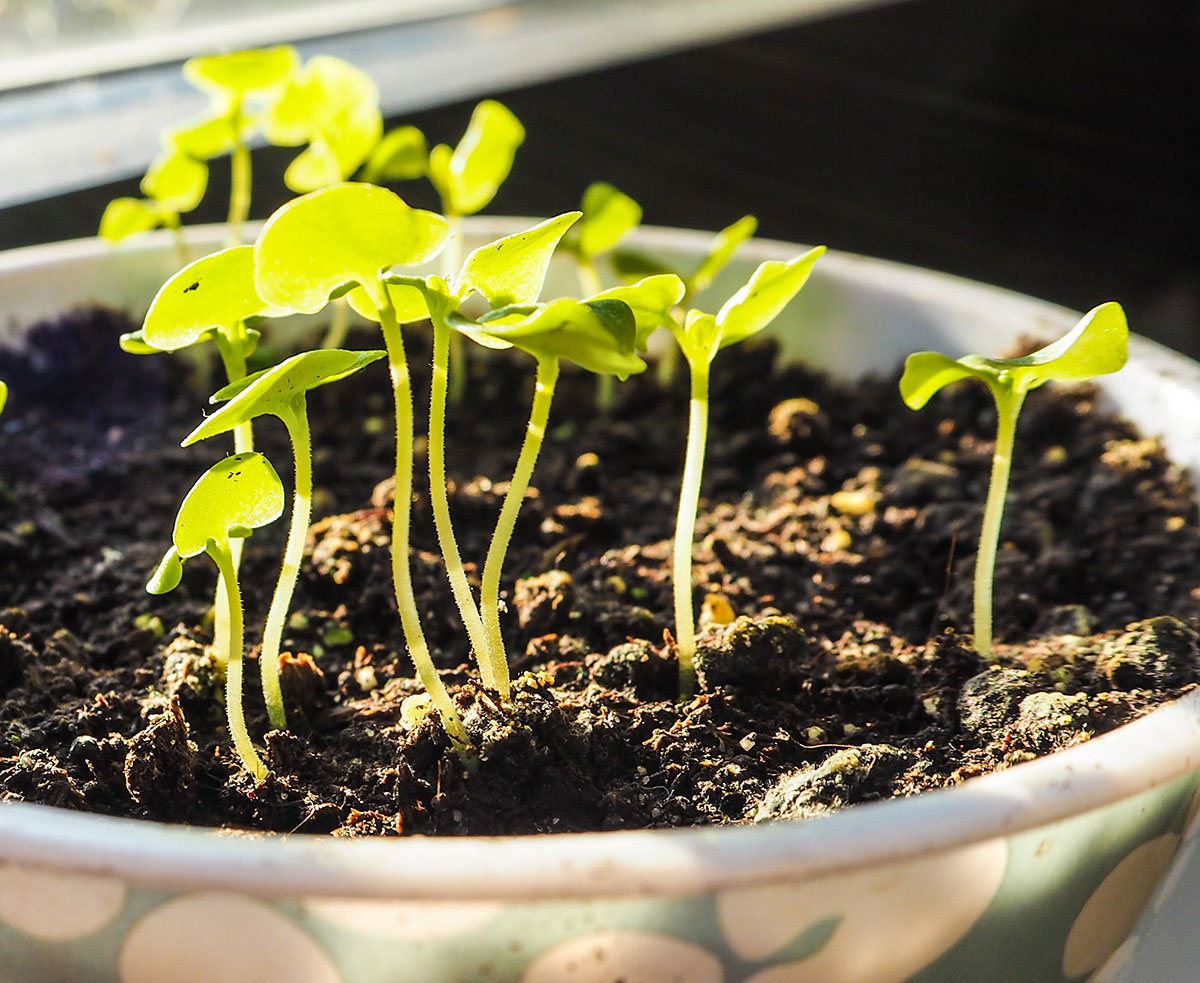
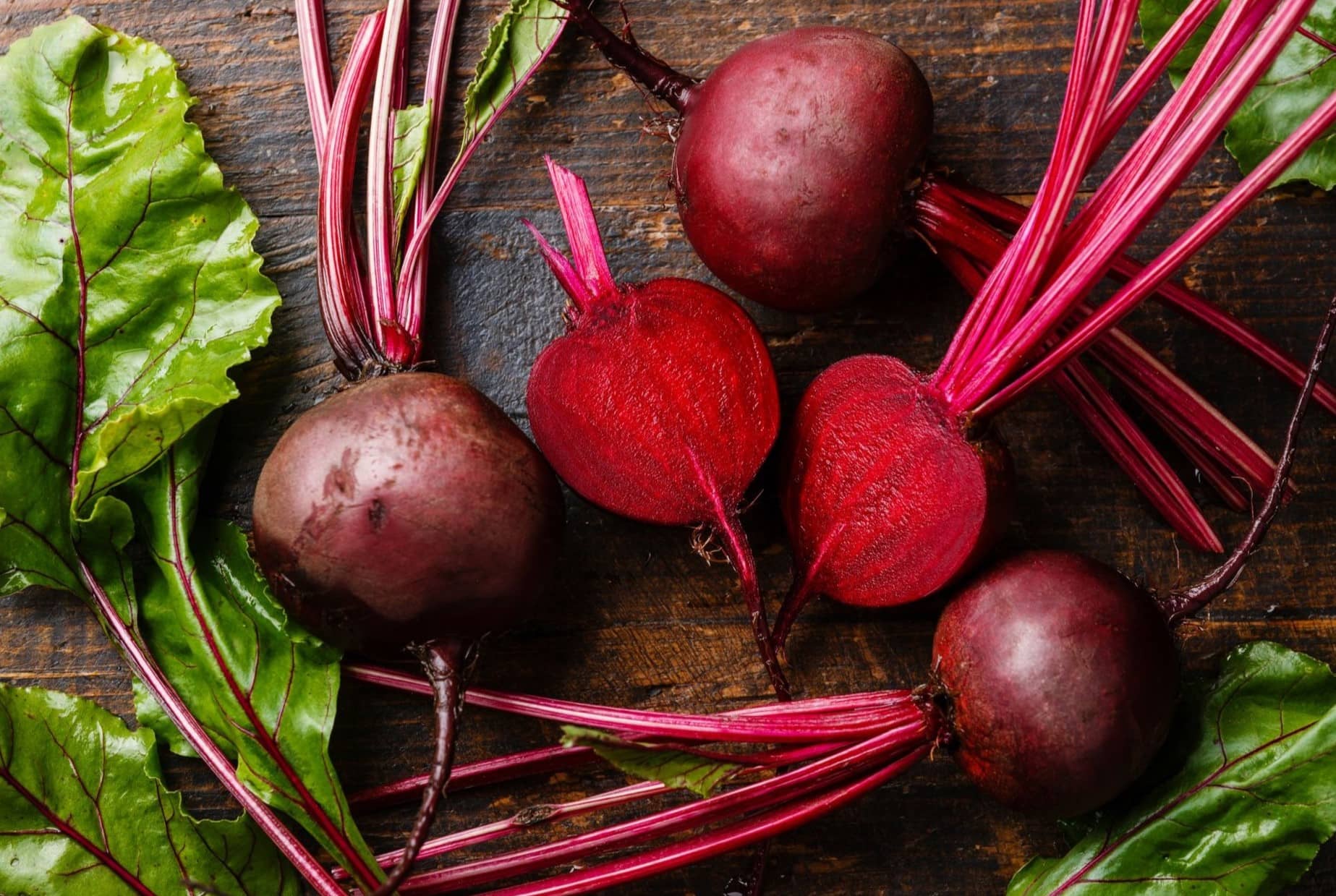
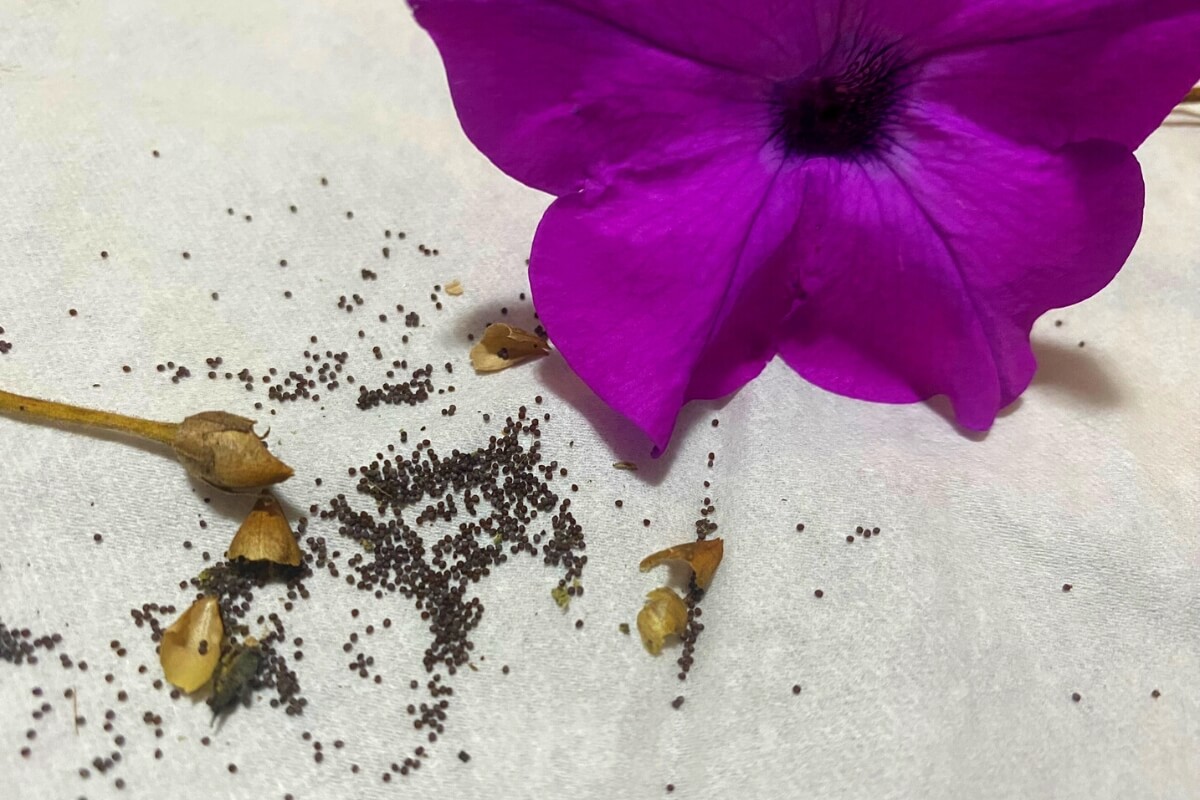
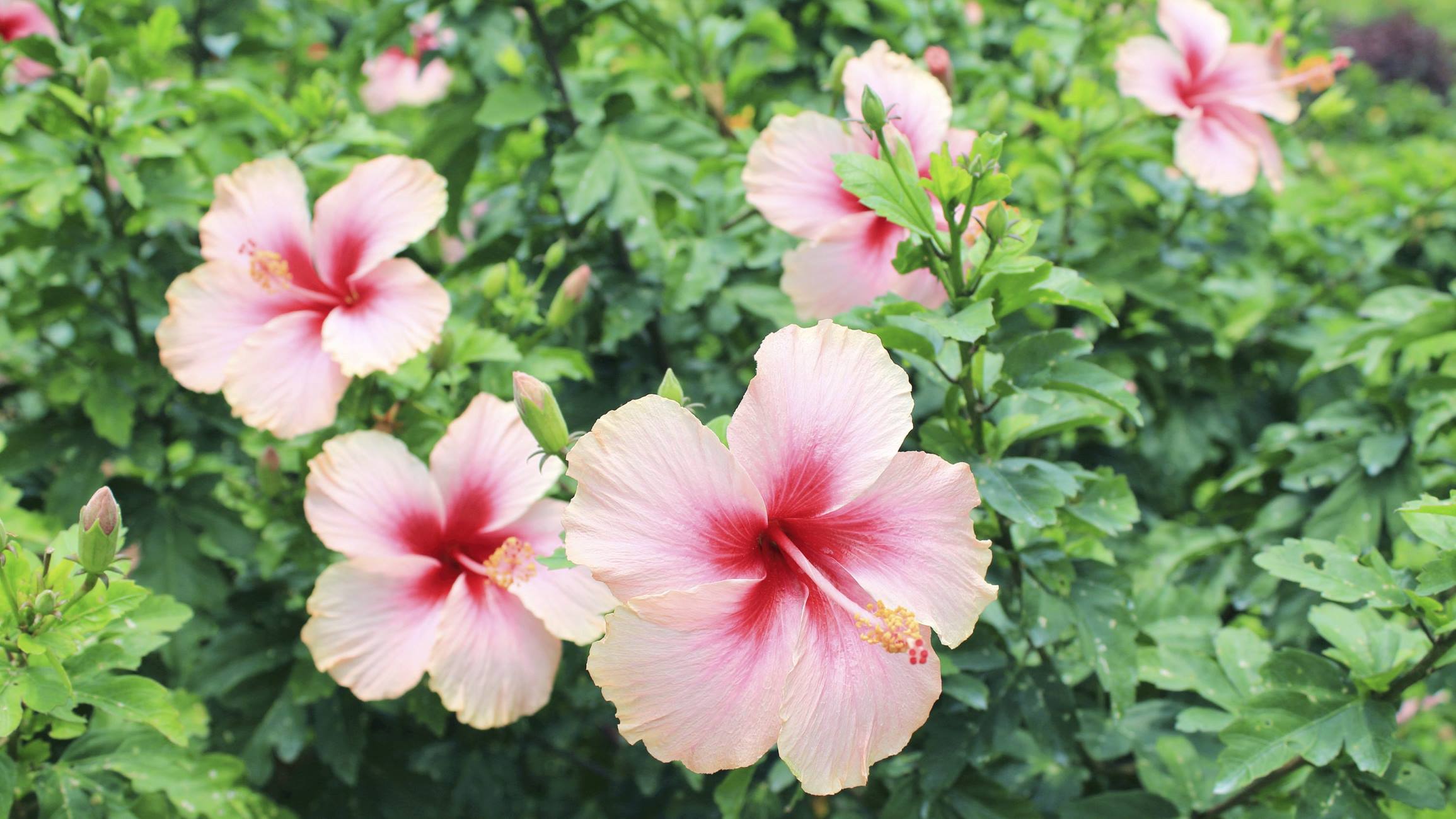

0 thoughts on “How To Get Seeds From Basil”